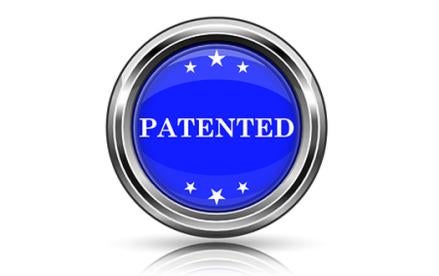In a case relating to methods of detecting genetic variations, the US Court of Appeals for the Federal Circuit upheld the lower court’s dismissal under Fed. R. Civ. P. 12(b)(6) on the grounds that the claims are directed to patent ineligible subject matter. Genetic Tech. Ltd. v. Merial LLC, Case Nos. 15-1202; -1203 (Fed. Cir., Apr. 8, 2016) (Dyk, J).
Genetic Technologies’ patent claims methods of detecting a gene sequence that codes for a protein (a so-called coding sequence) in an indirect fashion, i.e., by detecting a separate region that does not code for a protein (a non-coding sequence) but happens to be genetically linked to the coding sequence (a phenomenon called linkage disequilibrium). The claims are not specific to any particular DNA coding or non-coding sequence, but are generic to the biological phenomenon that linkage disequilibrium can be used to perform such indirect detection of any DNA coding sequence. The district court granted defendants’ motion to dismiss for failure to state a claim on the grounds that the claims are drawn to non-eligible subject matter under 35 USC § 101. Genetic Technologies appealed.
Applying the two-step framework set forth in Mayo and Alice, the Federal Circuit first found that the claims are drawn to the law of nature exception (§ 101) and that linkage disequilibrium “is indisputably a universal, inherent feature of human DNA.” Because the claims are not limited in scope to any particular genes or DNA sequences, the patent “covers essentially all applications, via standard experimental techniques, of the law of linkage disequilibrium to the problem of detecting coding sequences of DNA.” Thus, the Court concluded that the claims are “directed to a natural law—the principle that certain non-coding and coding sequences are in linkage disequilibrium with one another.”
The Court then applied step two of the Mayo/Alice framework but did not find a sufficient “inventive concept” to render the claims patent eligible under § 101. Although the claims recite two implementation steps—“amplifying genomic DNA with a primer pair” and “analyzing the amplified DNA sequence to detect the allele”—the evidence showed that both steps were indisputably and clearly “well-known, routine, and conventional.” The Court found that the step of analyzing was nothing more than a mental process step, and further noted that even Genetic Technologies, during prosecution and in its specification, admitted that it did not invent any new physical techniques, but instead had discovered the biological phenomenon.
The Federal Circuit’s decision appears to be consistent with the framework and logic set forth in Mayo, Alice and the new life sciences subject matter eligibility examples issued by the US Patent and Trademark Office. The final word on application of this framework to life sciences inventions may soon be determined as a consequence of the pending certiorari petition in Ariosa v. Sequenom.



 i
i


